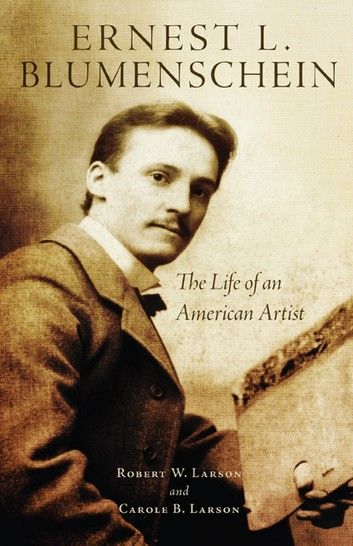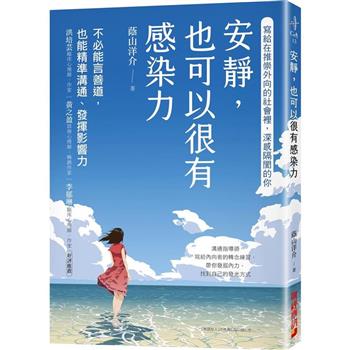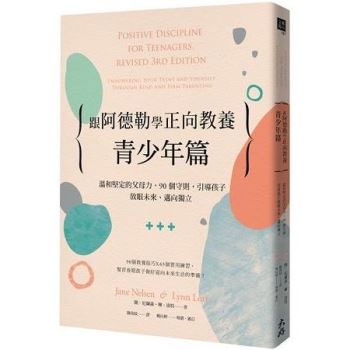| FindBook |
有 1 項符合
Ernest L. Blumenschein的圖書 |
 |
Ernest L. Blumenschein 作者:Carole B. Larson,Robert W. Larson 出版社:University of Oklahoma Press 出版日期:2013-05-07 語言:英文 |
| 圖書選購 |
| 型式 | 價格 | 供應商 | 所屬目錄 | 電子書 |
$ 584 |
藝術家、建築師與攝影師 |
|---|
| 圖書館借閱 |
| 國家圖書館 | 全國圖書書目資訊網 | 國立公共資訊圖書館 | 電子書服務平台 | MetaCat 跨館整合查詢 |
| 臺北市立圖書館 | 新北市立圖書館 | 基隆市公共圖書館 | 桃園市立圖書館 | 新竹縣公共圖書館 |
| 苗栗縣立圖書館 | 臺中市立圖書館 | 彰化縣公共圖書館 | 南投縣文化局 | 雲林縣公共圖書館 |
| 嘉義縣圖書館 | 臺南市立圖書館 | 高雄市立圖書館 | 屏東縣公共圖書館 | 宜蘭縣公共圖書館 |
| 花蓮縣文化局 | 臺東縣文化處 |
|
|
Few who appreciate the visual arts or the American Southwest can behold the masterpieces Sangre de Cristo Mountains or Haystack, Taos Valley, 1927 or Bend in the River, 1941 and come away without a vivid image burned into memory. The creator of these and many other depictions of the Southwest and its people was Ernest L. Blumenschein, cofounder of the famous Taos art colony. This insightful, comprehensive biography examines the character and life experiences that made Blumenschein one of the foremost artists of the twentieth century.
Robert W. Larson and Carole B. Larson begin their life of “Blumy” with his Ohio childhood and trace his development as an artist from early study in Cincinnati, New York City, and Paris through his first career as a book and magazine illustrator. Blumenschein and artist Bert G. Phillips discovered the budding art community of Taos, New Mexico, in 1898. In 1915 the two along with Joseph Henry Sharp, E. Irving Couse, and other like-minded artists organized the Taos Society of Artists, famous for preferring American subjects over European themes popular at the time.
Leaving illustration work behind, Blumenschein sought a distinctive place in his American homeland and in fine-art painting. He moved with his family to Taos in 1919 and began his long career as a figurative and landscape painter, becoming prominent among American artists for his Pueblo Indian figures and stunning southwestern landscapes.
Robert Larson calls Blumenschein a “transformational artist,” trained classically but drawing to a limited degree on abstract representation. Placing Blumy’s life in the context of World War I, the Great Depression, and other national and world events, the authors show how an artistic genius turned a fascination with the people, light, and color of New Mexico into a body of work of lasting significance to the international art world.
|











